Belly Button in a Tummy Tuck: How Does It Look After the surgery?
Body Plastic Surgery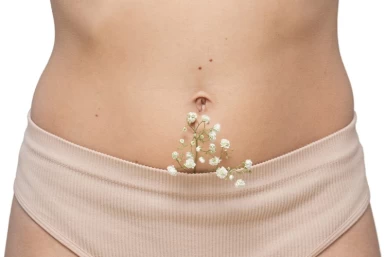
Tummy tuck surgery has become increasingly popular in recent years, with more and more people seeking a flatter, toned abdomen. The procedure involves removing excess skin and fat from the abdominal area, resulting in a smoother, more contoured appearance. However, many people are curious about what happens to the belly button during a tummy tuck and how it is affected by the surgery.
The belly button is a prominent feature of the abdominal area, whose appearance can be significantly impacted by weight fluctuations, pregnancy, and aging. During a tummy tuck, the belly button is repositioned to fit the new contours of the abdomen, and its appearance is often improved. However, reshaping the belly button can be complex, and patients must understand what to expect before the procedure.
This article will explore what happens to the belly button during a tummy tuck. We will examine how the belly button is transformed during the surgery and how it contributes to achieving a smoother, more toned abdomen appearance. Additionally, we will discuss the tummy tuck recovery process and tummy tuck belly button healing stages. We will also discuss why the belly button look different after a tummy tuck.
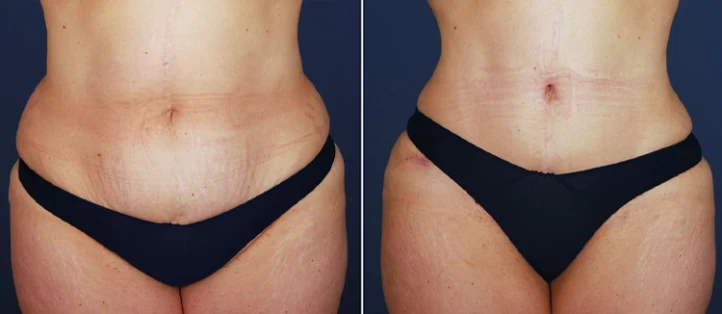
How Is the Belly Button Reshaped During a Tummy Tuck?
During a tummy tuck surgery, the belly button, also known as the umbilicus, is reshaped to maintain its natural appearance.
A horizontal incision is first made in the lower abdomen, usually just above the pubic hairline. The incision length and placement may vary depending on the extent of the tummy tuck and the amount of excess skin to be removed. Then, the skin is carefully detached from the underlying tissue of the abdomen, allowing the surgeon access to the umbilicus.
Next, the umbilicus is separated from the surrounding tissue, preserving its blood supply. This ensures that the blood flow to the belly button remains intact.
The excess skin and tissue around the belly button are removed to tighten and flatten the abdominal area. The remaining skin is repositioned, and the belly button is pulled through a new opening in the stretched skin.
Once the procedure is complete, the umbilicus is reattached to the underlying tissue through sutures, ensuring it maintains its position and shape. The sutures used are typically dissolvable, eliminating the need for their removal at a later stage.
It is important to note that the belly button's appearance may differ after a tummy tuck. Some patients may notice that their belly button looks slightly different in shape or size, while others may see no noticeable change. However, most patients are pleased with the improved appearance of their abdomen overall and find that any changes to the belly button are minor.
Is the belly button removed during tummy tuck surgery?
The belly button is not removed during a tummy tuck surgery. The procedure involves removing excess skin and fat from the abdominal area, tightening the underlying muscles, and repositioning the belly button to a more aesthetically pleasing position. The belly button is typically preserved and reattached through a new incision in the skin.
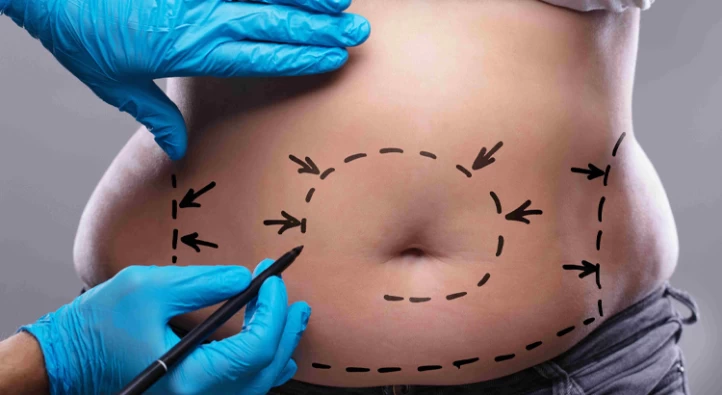
Why Does the Belly Button Look Different After a Tummy Tuck?
The belly button may move as a result of the surgeon tightening the abdominal muscles and removing extra skin and fat from the abdomen during tummy tuck surgery. The surgeon will make a new incision for the belly button and carefully suture it into place to preserve a natural look. The belly button may become slightly different in size or shape as a result of this new position. Nonetheless, a talented surgeon will guarantee that the end product appears aesthetically beautiful and natural.
Is the Belly Button Always Part of a Tummy Tuck?
The belly button is often part of a tummy tuck surgery. During a traditional tummy tuck, the surgeon will make an incision around the belly button to remove excess skin and fat from the abdomen. The belly button is then repositioned and reshaped to create a natural-looking result. However, in some cases, such as a mini tummy tuck or a partial abdominoplasty, the belly button may not need to be repositioned or reshaped. This will depend on the patient's anatomy and desired outcome.
How is the Belly Button Healing Process After a Tummy Tuck?
The healing of the belly button after a tummy tuck is a gradual process that requires patience and proper care. By following your surgeon's instructions and allowing sufficient time for recovery, you can expect your belly button to heal and regain a natural appearance.
After a tummy tuck, the belly button will be swollen, bruised, and surrounded by sutures.
It is normal for the belly button to change during the healing process. Initially, it may appear smaller and more compressed due to swelling and the healing process. Over time, the swelling will subside, and the belly button will gradually regain its natural shape and size. The final appearance of the belly button usually takes several months to a year to fully develop.
Following the surgeon's recommendations, you may need to wear a special compression garment to support the abdominal area and promote healing. This garment may also help protect the belly button during the initial healing period.
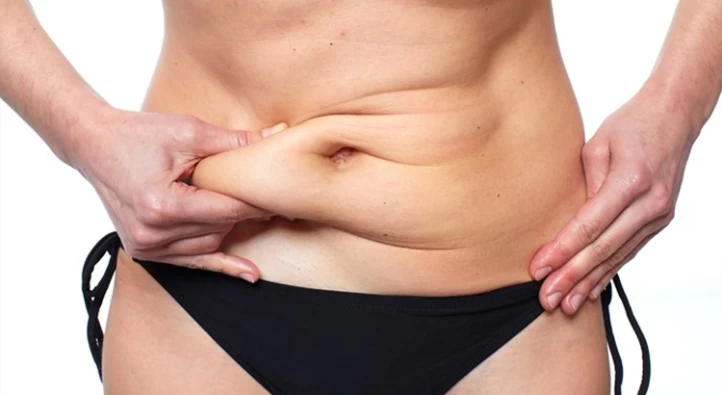
How to Care for the Belly Button after a Tummy Tuck?
Caring for your belly button after a tummy tuck is essential to ensure proper healing and minimize the risk of infection. Here are some tips on how to care for your belly button after surgery:
- Gently clean the belly button area with mild soap and warm water. Dry the area with a clean towel. Avoid using harsh or scented soaps, as they can irritate the incision;
- Follow the surgeon's instructions on how to care for your belly button after the tummy tuck;
- Apply medications or antibiotic ointments or creams as prescribed;
- Wear compression garments to reduce swelling;
- Avoid strenuous activities until cleared by the doctor;
- See your surgeon if you observe any signs of infection, such as increased redness, swelling, pus, or a foul odor;
- Attend follow-up appointments to monitor your healing progress and address any concerns or complications that arise.
Why Do Some Belly Buttons Look Weird After a Tummy Tuck?
After a tummy tuck surgery, the appearance of belly buttons can vary depending on several factors. Here are a few reasons why tummy tuck belly button looks weird or unusual after a tummy tuck:
Reconstructed shape
The belly button is frequently reshaped and shifted during a tummy tuck. To make the area more aesthetically pleasing, the surgeon might make a new incision, cut off extra skin, and suture the surrounding tissues. At first glance, though, the new size or shape might seem strange because it differs from the natural belly button.
Scarring
A tummy tuck entails incisions and the resulting scarring that comes with any surgical procedure. In order to reposition the belly button, the incision is made to separate it from the surrounding tissue. The appearance of the belly button may be distorted by hypertrophic or keloid scars, even though surgeons aim to leave as little scarring as possible.
Skin irregularities
The skin surrounding the belly button may exhibit obvious abnormalities or changes in contour following a tummy tuck. Postoperative swelling, insufficient skin tightening, or uneven fat removal may be the cause of this. The belly button may appear strange or misshapen as a result of these irregularities.
Healing process
Individual differences may exist in the recovery process following a tummy tuck. The healing outcome can be influenced by a patient's skin type, genetics, and postoperative care. The appearance of the belly button may occasionally change temporarily due to the healing process, such as puckering, asymmetry, or irregularities, but these changes may go away over time.
Infected Belly Button After Tummy Tuck
An infected belly button after a tummy tuck surgery can occur when bacteria enter the surgical incision site and cause an infection. This can happen due to poor wound care, improper hygiene, or a weakened immune system. Infection symptoms may include redness, swelling, warmth, pain, discharge (such as pus or fluid), and a foul odor around the belly button area.
If left untreated, an infection can lead to serious complications, such as tissue damage, delayed healing, and the spread of infection to other parts of the body. In severe cases, additional surgical intervention may even be required to remove infected tissue.
To prevent and manage an infected belly button after a tummy tuck surgery, it is important to follow your surgeon's post-operative care instructions carefully. This may include keeping the incision site clean and dry, taking prescribed antibiotics, and monitoring for any signs of infection.
Why Abdominoplasty in Iran?
Abdominoplasty is a popular cosmetic surgery procedure in Iran. The country has a thriving medical tourism industry, with many international patients traveling to Iran for affordable, high-quality medical care.
Iranian plastic surgeons are highly skilled and experienced; many have trained in top international medical institutions. They use the latest techniques and technologies to perform tummy tuck procedures, ensuring optimal patient results.
On average, the cost of abdominoplasty in Iran ranges from $2,500 to $4,500, significantly lower than in many other countries.
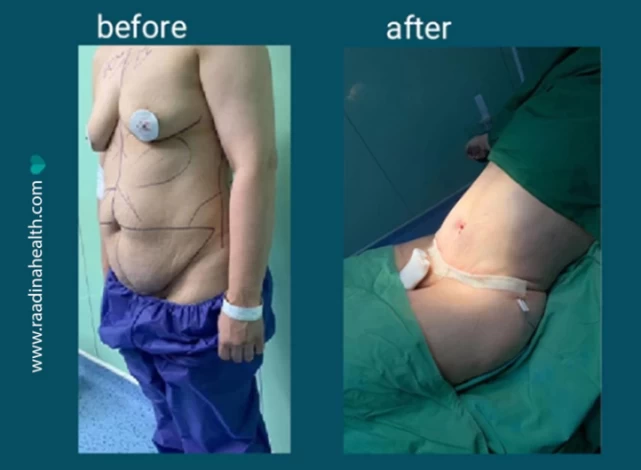
The Bottom Line
A tummy tuck is a popular cosmetic surgery that can help improve the abdomen's appearance. The belly button is typically repositioned during the surgery to create a more natural and aesthetically pleasing result. The specific technique will depend on the patient's needs and goals. While recovery from a tummy tuck can take several weeks, following the surgeon's instructions and caring for oneself can help ensure optimal healing and results.
FAQs About Belly Button After a Tummy Tuck
How long does it take for the belly button to heal after a tummy tuck fully?
It can take three to four months for the belly button to heal fully and for any scarring to fade. Initially, there may be some swelling, bruising, and tenderness around the belly button area, but this should gradually improve.
Can I get an innie after a tummy tuck?
During a tummy tuck, many patients notice an improvement in the appearance of their belly button. Furthermore, those with naturally protruding belly buttons can transform them into inward-facing (innie) belly buttons as part of the tummy tuck procedure.
How do I clean my belly button after tummy tuck?
Use a mild, non-abrasive soap and warm water to cleanse the area around your belly button gently. Avoid using harsh or scented soaps, as they can irritate the skin. After cleansing, gently pat the area around your belly button dry with a clean, soft towel. Avoid rubbing the area, as this can irritate. It is also advised to avoid soaking in baths or swimming pools for a certain period after your tummy tuck.
Can I put Vaseline on my belly button after the tummy tuck?
Following your surgeon's specific post-operative care instructions is essential, including any recommendations for belly button care after a tummy tuck. In some cases, surgeons may advise applying a thin layer of petroleum jelly (such as Vaseline) to the belly button area to keep it moisturized and promote healing. However, this should only be done if your surgeon specifically recommends it.
Is it possible to experience a dead belly button after a tummy tuck?
Belly button necrosis, also known as ischemic necrosis or tissue death, is a rare but serious complication that can occur after a tummy tuck (abdominoplasty) procedure. If you suspect that you are experiencing belly button necrosis after a tummy tuck, it's crucial to seek immediate medical attention from your surgeon.
Will my belly button scar go away after a tummy tuck?
In most cases, a belly button scar will not completely disappear after a tummy tuck. However, the scar can usually be well-hidden and minimized through the surgical techniques the plastic surgeon uses. The overall appearance of the scar may also improve over time with proper scar care and healing. It's important to discuss your specific concerns and expectations with your plastic surgeon before the tummy tuck procedure.
Do you get a fake belly button with a tummy tuck?
No, during a tummy tuck (abdominoplasty) procedure, the surgeon does not create a fake belly button. The existing belly button is usually reshaped and repositioned to maintain a natural appearance after excess skin and fat are removed from the abdomen.
Can you get a belly button piercing after a tummy tuck?
It is generally recommended that patients wait until the scars are fully healed from a tummy tuck surgery before getting a belly button piercing. This usually takes about 6-12 months. It is important to consult with your surgeon before proceeding with any modifications to ensure that it is safe for you to do so.
Will my belly button look natural after a tummy tuck?
In most cases, surgeons reshape and reposition the belly button to look as natural as possible. Some swelling in the area is normal but improves with healing.
Can the belly button get infected after tummy tuck surgery?
Yes, infection can happen if the area isn’t kept clean and dry. Redness, pus, or a foul smell are warning signs—if you notice them, contact your surgeon.
How long does it take for the belly button to fully heal after abdominoplasty?
Healing usually takes 6–8 weeks, though the final shape and appearance of the belly button may continue to refine over several months.
What happens if my belly button looks too small or unusual after surgery?
Sometimes, scar tissue or healing issues affect its appearance. Minor touch-up procedures can be done later to improve symmetry or shape

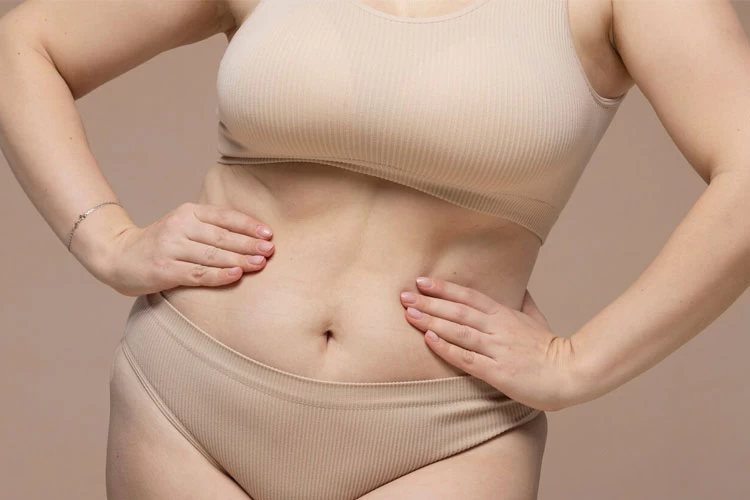
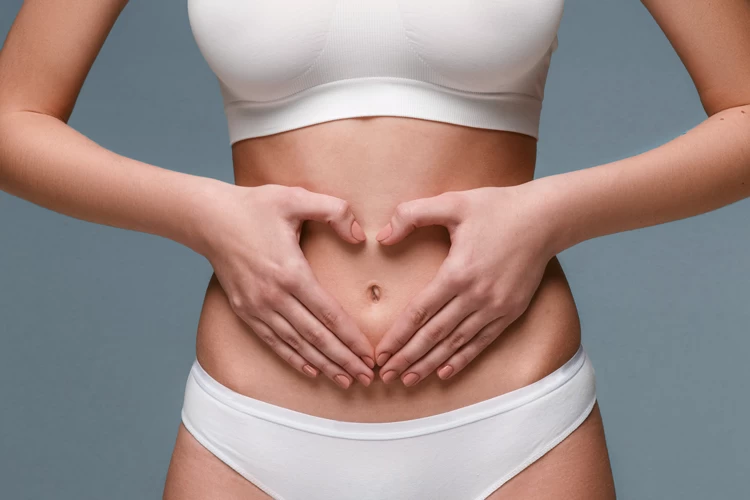
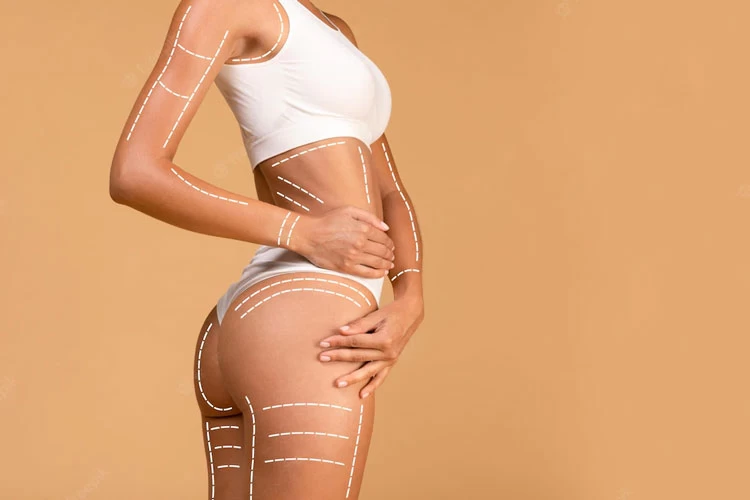



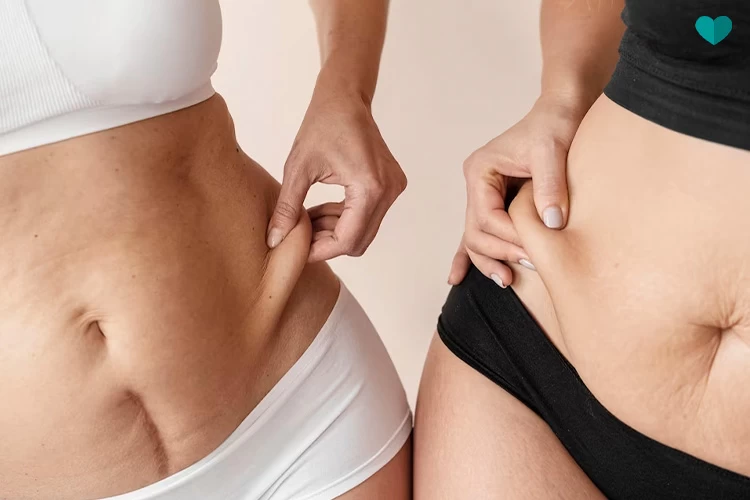
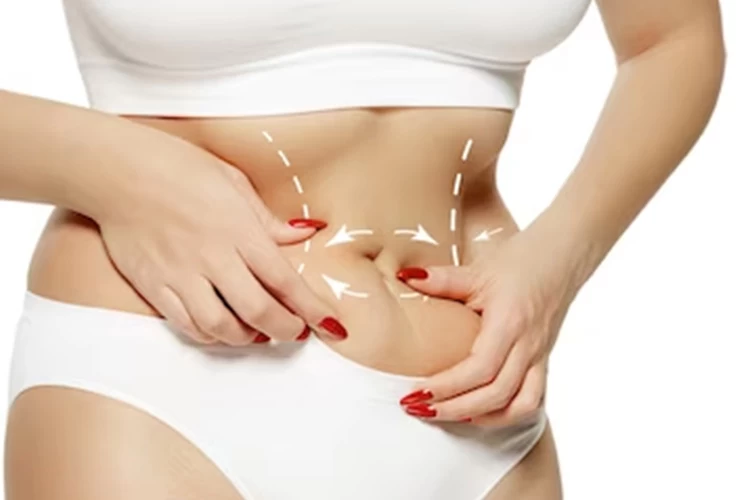

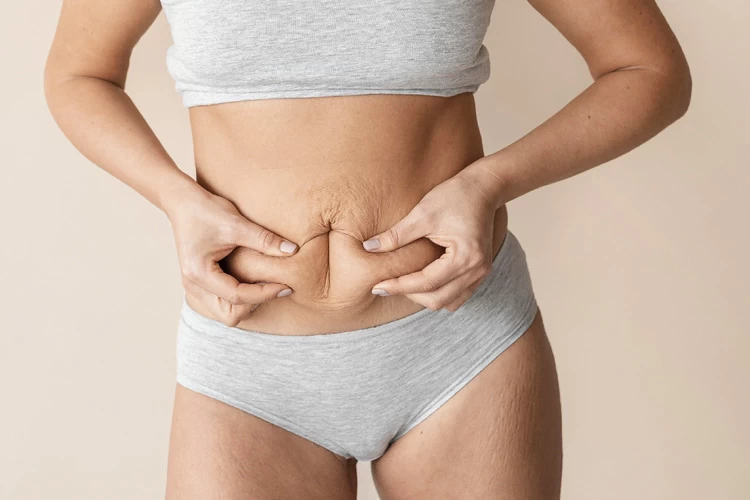
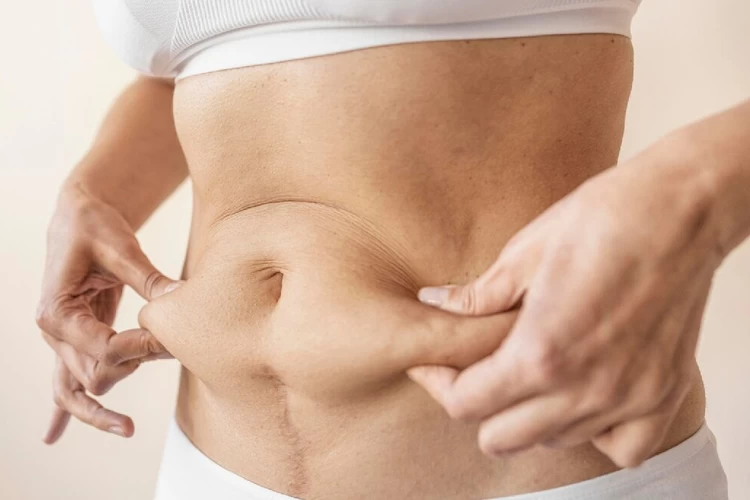

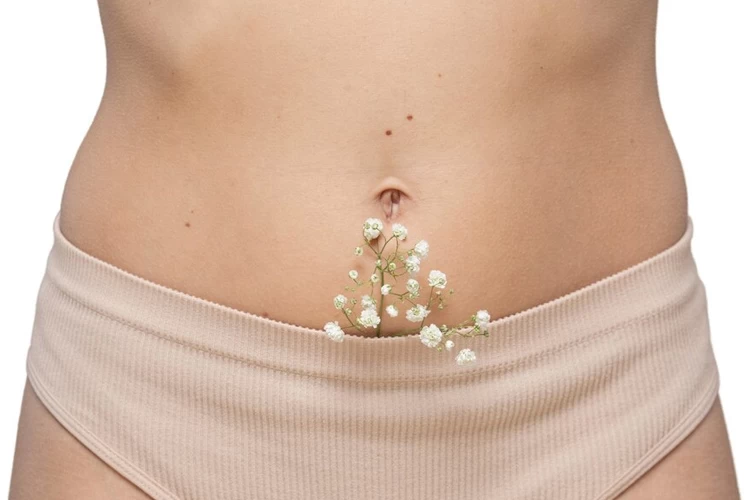
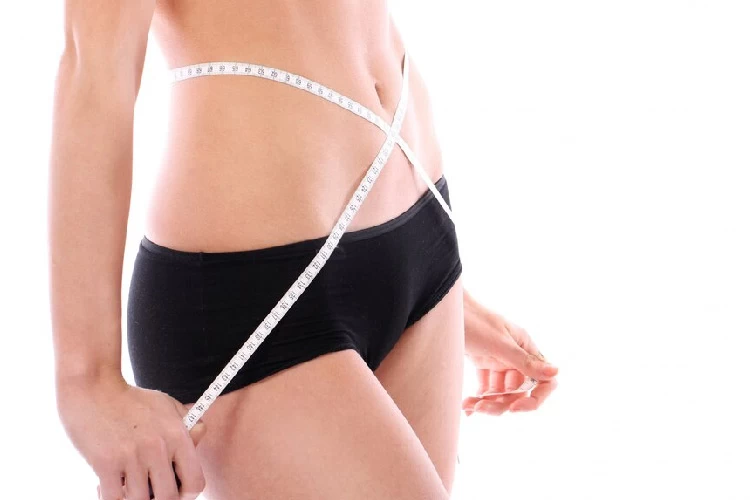

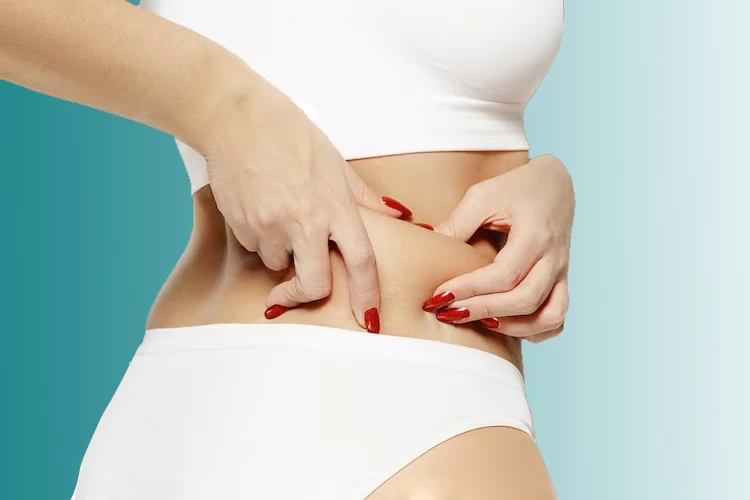
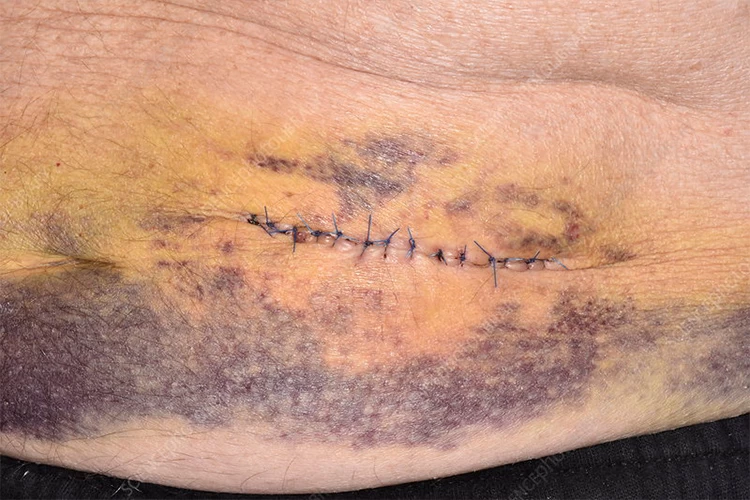
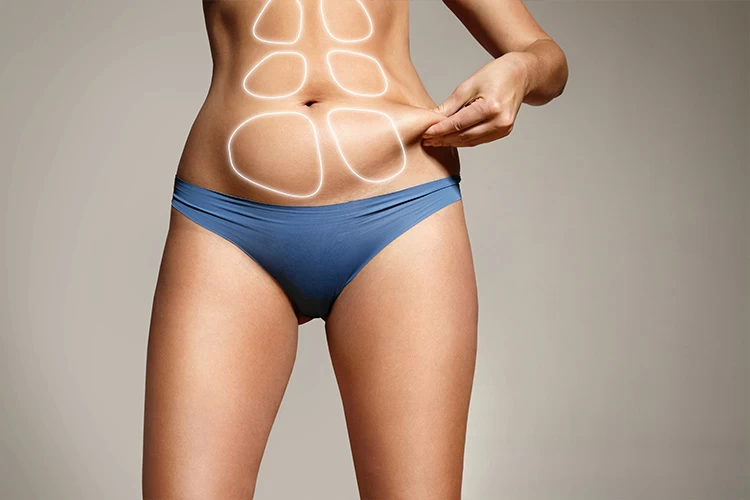


No reviews
Your comment